There’s a fair chance that even if you grew up in the era of CB radios, you’ve never heard of – let alone seen – an eyeball card. These were business cards handed out by CB radio enthusiasts that featured their code name and some sort of cartoonish representation of the user – what we’d now call an avatar. The cards usually had the phrase ‘Congratulations! You’ve just eyeballed…’ or ‘Eyeball! Eyeball!’ at the top, and at the bottom ended with something like ‘10–10 Till We Break Again’, CB jargon for ‘over and out’. CB users would swap them when they met, the ‘eyeball’ effectively meaning a virtual acquaintance had been seen in real life.
Often crude – in both senses of the word – and informal, eyeball cards are a bit like having a card of your Twitter handle that you could give to people when you finally met them, but most of them loosely resemble the ‘tart cards’ found in telephone boxes advertising prostitutes. They are an example of the subcultural ephemera that publishers Four Corners Books wish to excavate with their new imprint, Four Corners Irregulars. The first two books in the series, Eyeball Cards: CB Radio Culture and UFO Drawings From the National Archives, have just been published with two more due to arrive in spring 2018. ‘I’d never seen eyeball cards before but it was instantly very evocative of that era for me,’ says Richard Embray, who co-founded Four Corners with Elinor Jansz. ‘It’s interesting because of the humour, the sheer variety and what it tells you about a community. There’s also something very interesting about the desire to make a physical object when you didn’t need to. These cards represented you, they were your personality.’
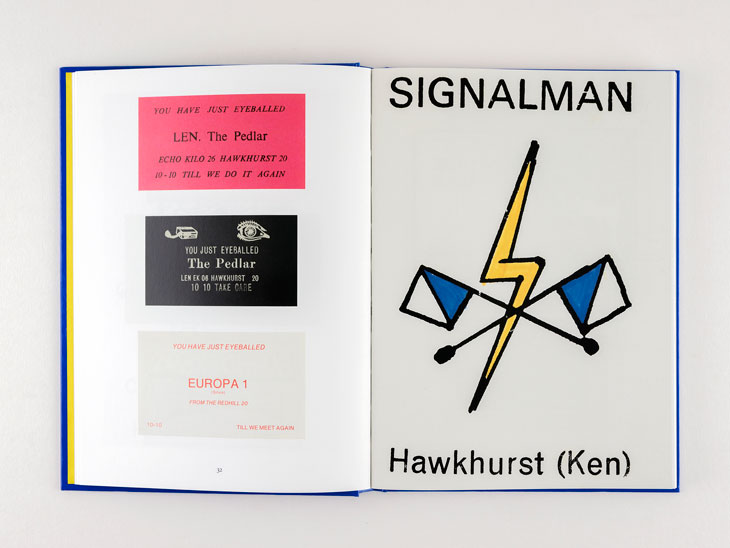
Image courtesy Four Corners Books
Four Corners have previously published Beauty is in the Street, an excellent book of posters created by the Atelier Populaire during the May 1968 Paris uprising, and The Art of Smallfilms, to celebrate the work of Oliver Postgate, as well as Four Corners Familiars, a series of illustrated classics such as Madame Bovary and Vanity Fair. ‘About a year ago, we sat down and asked ourselves what it was about the books we liked doing and whether we could codify it,’ says Embray. ‘We thought about the things we’d done in the past and decided to do more of it, in a slightly clearer way, giving it a series name. Our rules for the series are: it must be from Britain, post-1945; it must be art that wasn’t made for a gallery; and it will focus on three strands – graphic design and ephemera, folk art and political art.’
While Eyeball Cards, by writer William Hogan and photographer David Titlow, uses material from personal collections and an album of cards found in a car boot sale, David Clarke’s UFO Drawings contains images of flying saucers drawn by the public between the 1940s and early 2000s and sent to the Ministry of Defence, which had a UFO Desk – usually a single officer – until 2009. There’s something rather delicious about all this, the seriousness with which both sides – the public and the MoD – treated the subject, with the public carefully recording strange lights and shapes with ink and watercolour, and the MoD dutifully investigating, commenting and then filing them away. Many of the pictures are beautiful, some are incredibly detailed, and others have been produced by primary school children. Each drawing is accompanied by text from Clarke, citing the situation and giving the official response, often utilising the dry tone of the classic civil service memo.
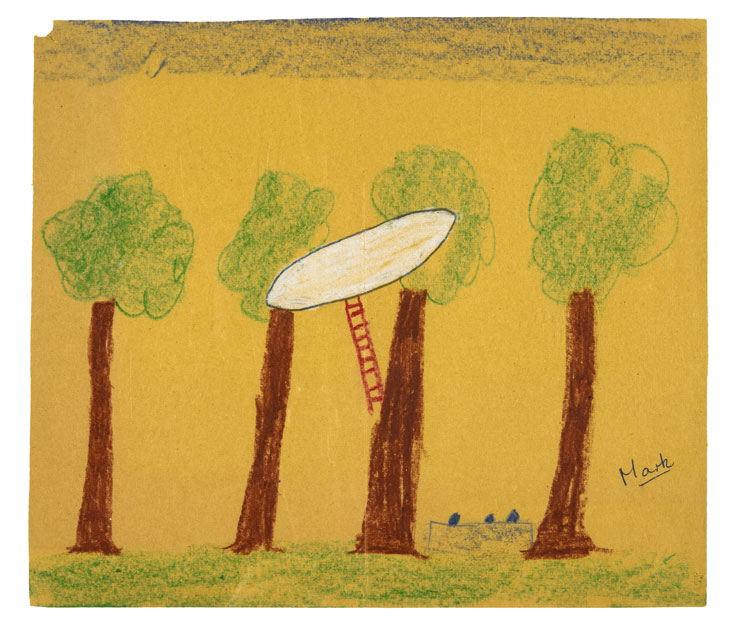
The National Archives DEFE24-1206. Image courtesy Four Corners Books
While UFOs and CB radio are very different subjects, Irregulars is partly about recording the sort of crude, unconventional and unwittingly revealing material that is so often hidden in plain sight, but overlooked either because it is strange, obscure, esoteric or overly familiar. Embray and Jansz have a preliminary list of 50 or 60 ideas for the series, but Embray accepts that not all of these will have enough material to sustain an entire book, even within the supporting confines of a series. In spring 2018, they’ll be publishing the next two books, one of which will be devoted to the wonderful protest posters produced by the Poster Workshop in Camden from 1968. ‘They were open access, so anybody could come in and work at a desk with them,’ says Embray. ‘It’s a snapshot of all the causes going on in that moment. The risk is this stuff gets overlooked and lost. People don’t keep it. This sort of material tells a lot about a time and it vanishes quickly. They collectively tell a story about a certain time or mindset, and they tell us a certain amount about what it is to be British.’
The Four Corners Irregulars series is published by Four Corners Books.
Unlimited access from just $16 every 3 months
Subscribe to get unlimited and exclusive access to the top art stories, interviews and exhibition reviews.

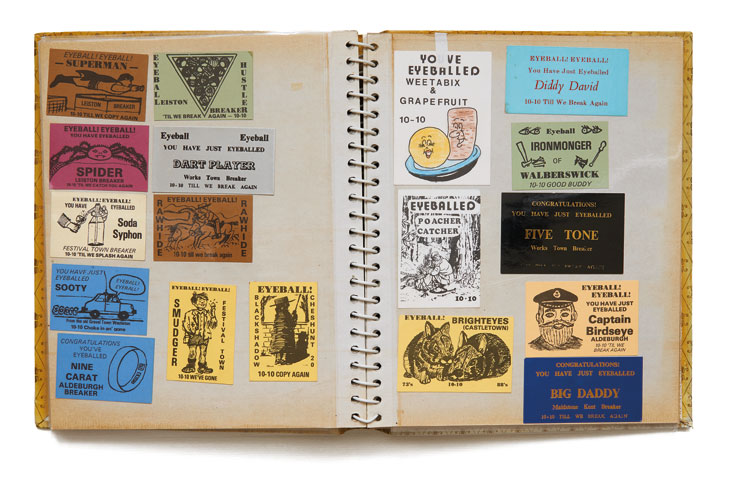
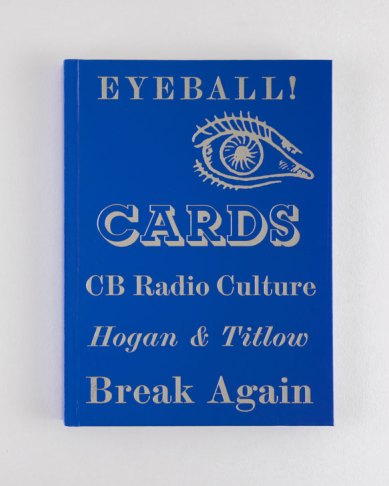
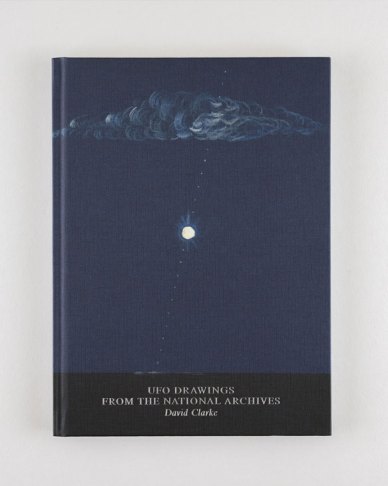
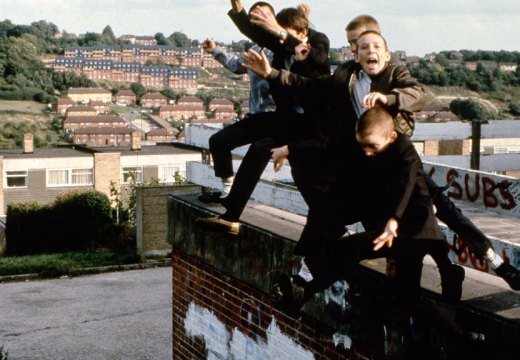
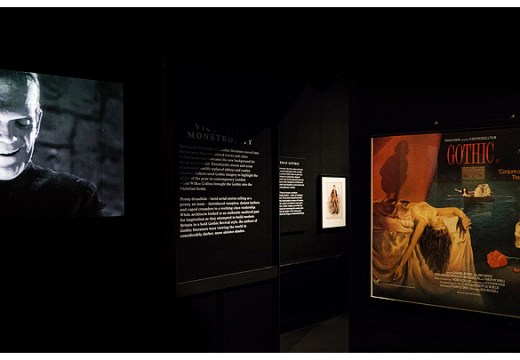
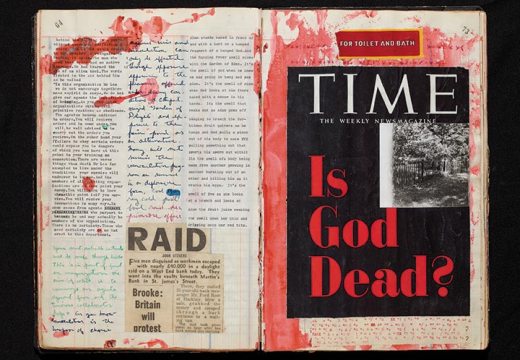









![Masterpiece [Re]discovery 2022. Photo: Ben Fisher Photography, courtesy of Masterpiece London](http://www.apollo-magazine.com/wp-content/uploads/2022/07/MPL2022_4263.jpg)
It’s time for the government of London to return to its rightful home